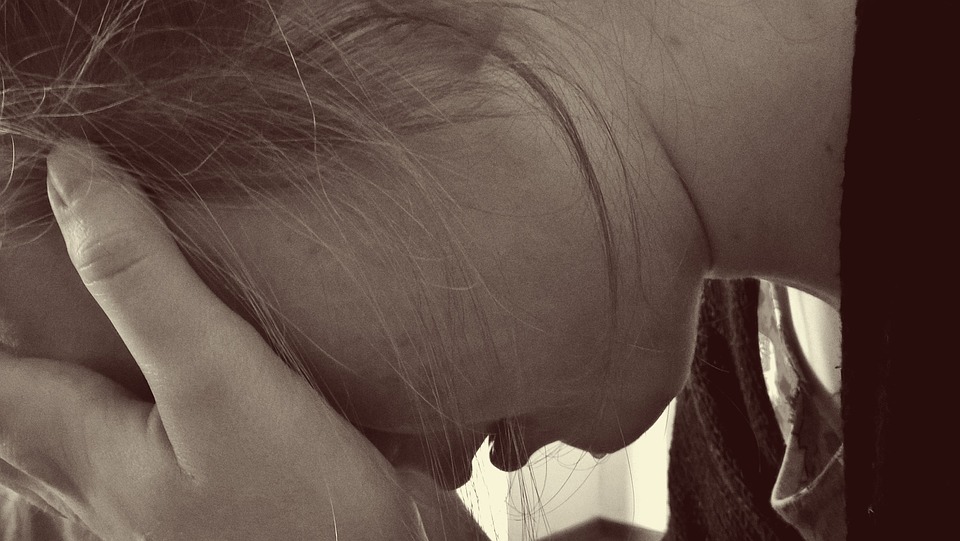Canada News
Saskatchewan child advocate suggests ways to prevent Indigenous youth suicides

O’Soup interviewed 264 youth, as well as elders and parents of suicide victims in a dozen northern communities over the last year. (Pixabay photo)
LA RONGE, Sask.— A report about suicide among Indigenous youth in northern Saskatchewan says they feel bullied, sad and alone in their communities.
One youth, who tried to kill himself twice by the time he was 12, told provincial child and youth advocate Corey O’Soup that he didn’t really want to die.
“I was just trying to make everything stop,” the boy named Shane said. “I wanted to quit feeling sad. I wanted to feel like I belonged, or have a place, or no place at all.
“I felt like I was the problem and that I was the answer to fixing that problem.”
O’Soup interviewed 264 youth, as well as elders and parents of suicide victims in a dozen northern communities over the last year. His report was released Tuesday morning at a high school in La Ronge, Sask., and accepted by the Saskatchewan government later in the day.
“Our young people are amazing kids,” O’Soup said in an interview from La Ronge. “They are smart. They are inspirational, but they are also hurting.
“They really opened their hearts to us.”
One parent who lost a daughter to suicide told O’Soup the bullying was bad.
“She wasn’t a slim girl, so she was teased about her weight and the way she looked,” the parent said. “Some youth said she was ‘too fat to be their friend.”
The suicide rate for First Nations boys between the ages of 10 and 19 in Saskatchewan is six time higher than for non-Indigenous boys, while the rate for girls is 26 times higher.
In October 2016, six girls between the ages of 11 and 14 committed suicide.
Prime Minister Justin Trudeau at the time called it a “tremendous tragedy.”
O’Soup’s report said a way must be found to end bullying, increase supports for young people who are physically or emotionally abused, deal with drug and alcohol abuse and help Indigenous youth feel safe in their communities.
He is calling on the province to develop a suicide prevention strategy with the Federation of Saskatchewan Indian Nations and the Metis Nation – Saskatchewan.
He also suggests the federal government must end inequity in health-care funding for Indigenous children.
Greg Ottenbreit, minister for rural and remote health, said the government is committed to accepting recommendations pertaining to the province.
“It is a challenge, we realize it,” he said in Regina. “It’s not just a Saskatchewan challenge … We’re looking at a national issue.
“From the provincial point of view, we want to continue to work toward finding some answers, some successes in this issue especially child suicide.”
Chief Tammy Cook-Searson of the Lac La Ronge Indian Band, representing six northern Saskatchewan communities, said it’s a powerful report.
“Something we’ve always wanted was to make sure our youth are listened to and that their voices are recorded,” she said. “They have a lot of concerns that they express and also solutions to the issues that we have, so this is really reflective of the youth voices in our community.
”
Cook-Searson said a lot of work has been done in the last year to address bullying and abuse.
“But we recognize that we still have a lot of work to do,” she said. “We just want to encourage youth or anyone out there to reach out for help.”
The communities have already brought in more mental-health supports and youth support workers, although funding for that has run out. There are more hall monitors in schools and extra social workers in the community.
She and the child advocate both said the report could help bolster those efforts if recommendations are addressed by the provincial and federal governments as soon as possible.
“Yesterday was too late,” said O’Soup. “It needs to happen today. It needs to happen tomorrow. There are things that the kids are asking for that we can do today, that we can do tomorrow.
“Our parents and our people in our communities can see the kids standing by the store as they walk by. They can say hello and they can ask how they are doing, and they can start right there, right now.
“That doesn’t cost any money.”





















